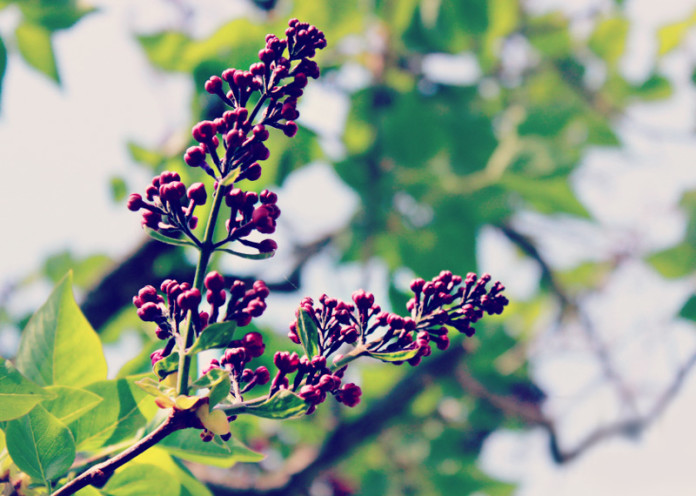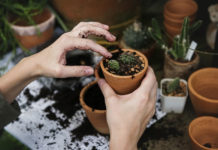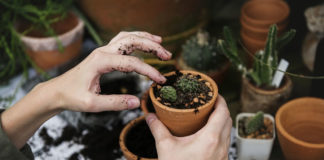Affiliate Disclaimer
Some links in this article are affiliate links. We may earn a small commission if you make a purchase through these links, at no extra cost to you. We only recommend products we find useful to our readersSpring is a good time to start your process for gardening. If you are a garden lover and have always been wondering what the fuss is all about, here are some easy ways to start your own garden at home. Gardeners spend most of their time digging, weeding and watering their own plants. Here are a few easy ways to start your own garden. Follow these basic steps for your first garden adventure.
Basic Tips To Have Your Own Garden
1Get an idea
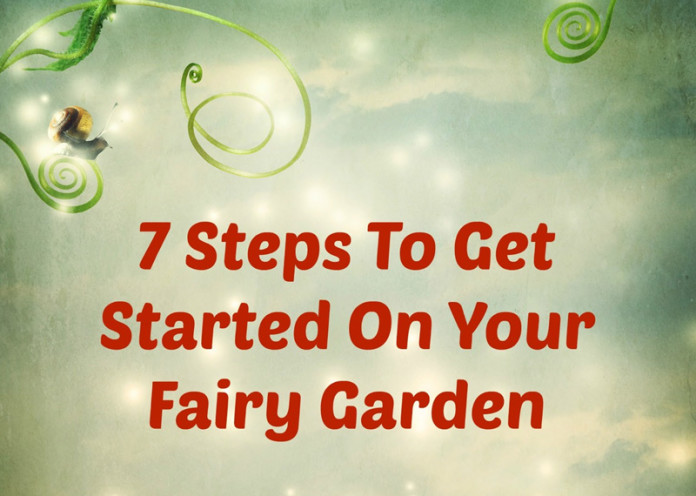
It is very important to get an idea on what kind of a garden you would want. To start off with, categorize your thoughts and your interests, if you are looking for a vegetable garden, know what the ones you can plant are. Or if it is going to be a flower garden, find out what is the season for the same. If you choose from flowers, do you want annual growth which means you must replant each year, but they will give colors most of the summer. If you are looking for perennials, they will have a shorter bloom time, but you don’t plant every time. They will grow all through the year. You obviously also can mix and match whatever you like. After all, it is your first garden. But, a small piece of advice would be – Try to start small. It is always better to start in a smaller manner than to actually fail big time. So, try first, then go ahead for whatever you like.
2Pick an appropriate place
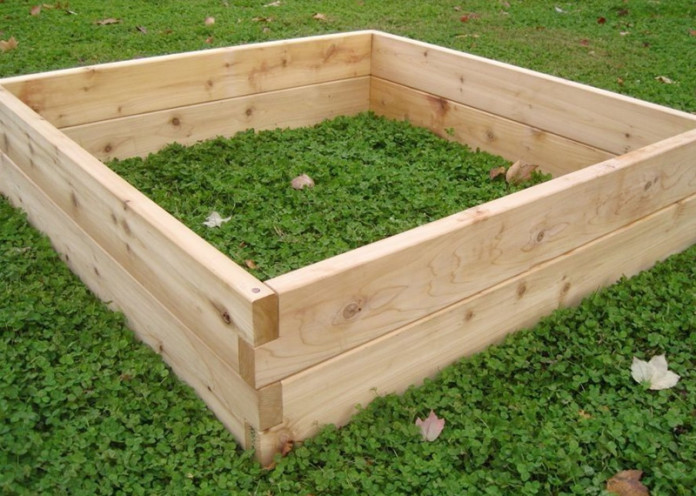
It is very important to check where you want your garden to be set up. Remember that almost all the vegetables or flowers need at least 6 hours of sun every day. Do your research properly and ask your local gardeners how much sun a plant generally requires. It so happens that sometimes, too much sun may dry your plants. Plants can tolerate shade, but not over sunny days. Sit next to your garden and check out how the sun helps your plants to grow. Make sure your garden is in a place where you can’t ignore it, near the mailbox, outside your door, near your garage or places where you get to walk every day. Plant it as much as it needs and take care of the plants like your child.
3Clear your ground
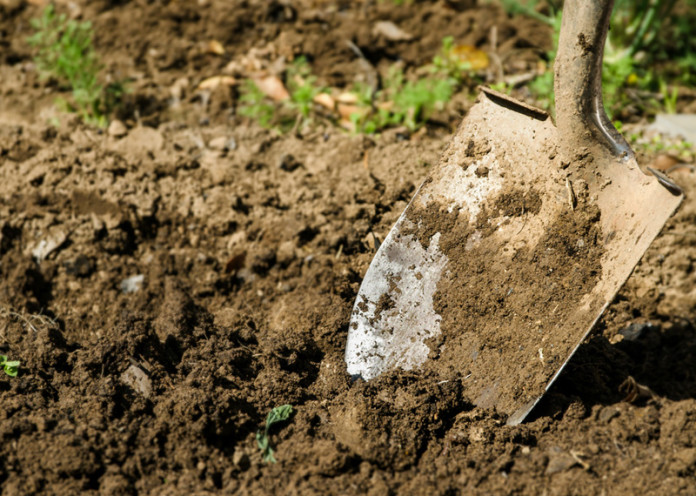
Always remember to get rid of sod covering the area where you want to plant the flower or vegetables. If you want quick results, you may try to dig it out, but it is easier to smother it with a newspaper. Spread a 3-inch layer of compost that contains both topsoil and potting soil on a newspaper and wait for a few months. The soil and paper will mix and take around 6 months to decompose. If you don’t want to wait for more time, it is better to dig out the sod.
4Improve your soil
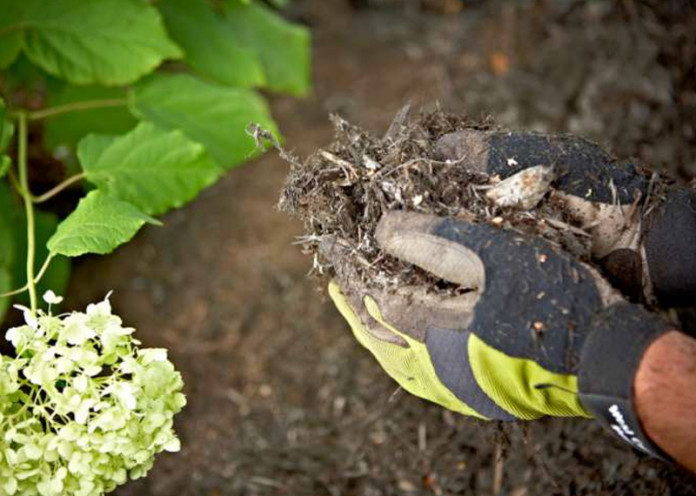
Your soil needs a boost no matter what! You need to learn about your soil first to improve it. Always consider professional help for such kind of actions. You might want to take help from your local gardener. The solution to improve your soil is easy – Organic matter + 2-3 spoons of compost, decayed leaves, dry grass and old manure will do to improve the strength of your soil. A soil test can also be done to check the strength of your soil. This result will tell you how much soil has to put from which part of your land. You can expect a 2-3 week wait for them to get back with the results on your soil strength and what your land lacks and how to amend it.
5Pick your plants carefully
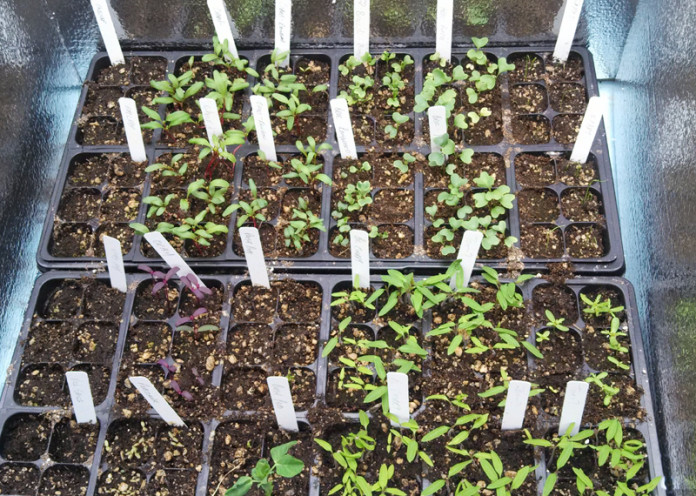
It isn’t all that difficult to pick plants of your choice. You can either buy those which woo you, or you can scan through the catalog to get a clearer idea on the number of plants you can actually grow. Both ways you need to be very mindful of your soil, amount of sunlight in your garden. You can also take internet’s help for surfing your favorite plant. Here are a few easy to plant and grow plants – cosmos, marigolds, impatiens and perennials- Russian sage, lamb’s-ears, black-eyed Susans. It is easier to plant lettuce, potatoes, tomatoes and cucumbers in vegetables.
6Put them in the ground
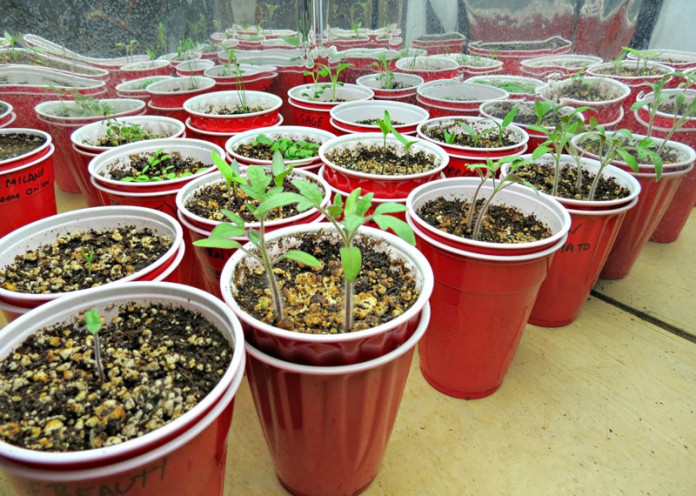
There are a few plants that you can plant in late winter like pansies and Kale because they can tolerate cold weather. Tomatoes don’t go well with cold weather. So, don’t plant them until the frost has passed your area and you are sure that your plants won’t get damaged. Most perennials can be good in the mid spring and mid autumn season. You can very much check the local garden for the list of plants you can plant in the season you are willing to. It is easier that way.
Sowing seeds is a good idea for faster growth. Plants like lettuce and sunflower are easy to grow from seed. Always make a habit to read the seed packet before you start the sowing process. The seed packet will have details on how deep you need to plant your seeds and information on the plant on how much water should it need. You can also grow your seeds indoors without much disturbance. Buy a container, put some wet mud, and sow your saplings into it. Try to keep it on a sunny windowsill or under artificial lights if you don’t have window space or sun rays coming into your house. You need to be mindful that your seeds should be moist and not wet to avoid getting rot or spoilt.
An easier method is to buy young plants, called set plants or transplants. Just dig a hole and plunk/place them in the ground.
7Water them
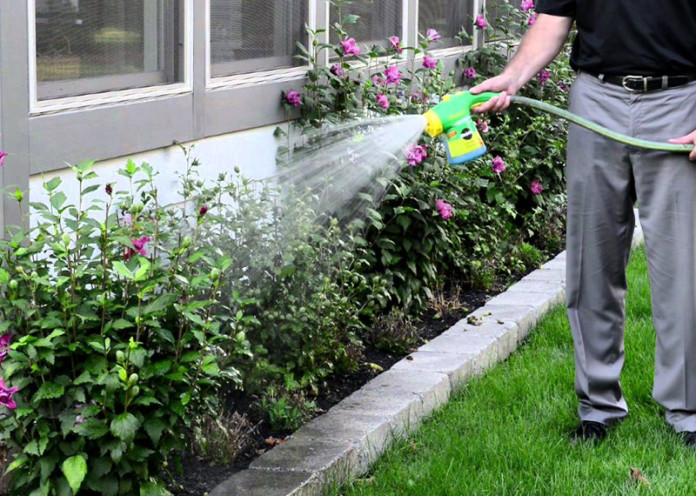
This could be an easy advice any person can give you about gardening. Do not deprive the seeds or saplings of water. While they are small, you need to water them. You can taper off when the plant gets growing. New transplants also would need watering every day or at least every 8 hours. How often you water your plants depends on your soil, how humid your climate is and how much it rains. Remember, as much as plants need sunrays, they also need that much water. They are begging for water sprays, so water them slowly and deeply.
-Pavithra Ravi






























